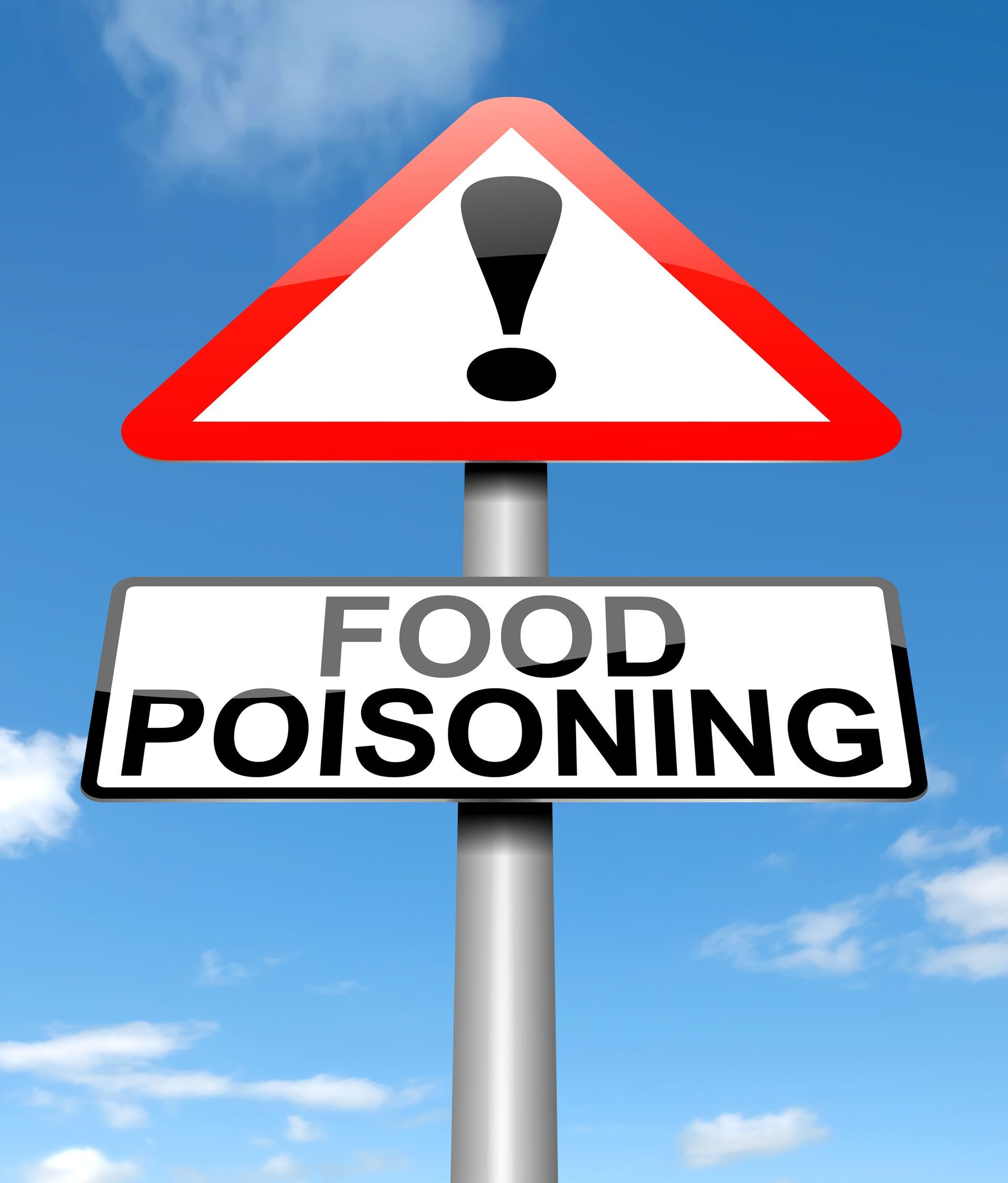Articles and Information
Cold and Flu Season Guide: Effective Remedies and Prevention Tips

Understanding Cold and Flu: Symptoms and Causes
As the cold and flu season approaches, it's essential to understand what makes these illnesses similar and what sets them apart. Both colds and the flu are respiratory infections caused by viruses, but they can have different symptoms and implications for your health.
Colds are generally milder than the flu and often develop gradually. The onset of flu symptoms tends to be more abrupt and may result in a higher fever.
Differentiating Between Cold and Flu Symptoms
It can often be tricky to distinguish between cold and flu symptoms. Here are some key differences:
- Cold Symptoms: Runny or stuffy nose, sore throat, sneezing, mild fatigue, and low-grade fever.
- Flu Symptoms: High fever, severe aches and pains, significant fatigue, and dry cough.
If you're unsure whether you have a cold or the flu, consider the severity of your symptoms. The flu is more likely to lead to complications, especially among vulnerable populations.
Common Causes of Cold and Flu
Understanding how cold and flu viruses spread is crucial for prevention. Both illnesses are transmitted through respiratory droplets when an infected person coughs or sneezes.
Additionally, touching surfaces contaminated with the virus and then touching your face can lead to infection. Common sources of cold and flu viruses include:
- Public places, such as schools and workplaces.
- Close contact with infected individuals.
- Shared items like utensils, phones, and toys.
Moreover, the cold and flu viruses can survive on surfaces for several hours, making it easy for them to spread in communal environments. Regular handwashing and the use of hand sanitizers can significantly reduce the risk of transmission. It's also important to note that the flu virus can mutate, leading to different strains circulating each year, which is why annual vaccinations are recommended to bolster immunity against the most prevalent strains.
Seasonal changes can also play a role in the prevalence of these viruses. For instance, colder weather often drives people indoors, where close contact is more likely to occur. Additionally, the dry air typical of winter months can dry out the mucous membranes in the respiratory tract, making it easier for viruses to invade and cause infection. Staying informed about the patterns of cold and flu activity in your area can help you take proactive measures to protect yourself and your loved ones.
Effective Remedies for Cold and Flu
When you find yourself feeling under the weather, it’s essential to have a set of remedies that can help alleviate your symptoms. Whether you prefer over-the-counter medications or natural remedies, there are options available.
Over-the-Counter Medications for Cold and Flu
Over-the-counter medications can provide quick relief from various symptoms. Common types include:
- Decongestants: These help relieve nasal congestion and sinus pressure.
- Antihistamines: Useful for treating runny noses and sneezing.
- Pain relievers: Such as ibuprofen or acetaminophen, which help reduce fever and ease body aches.
Always read the labels and consult a healthcare professional if you have questions, especially if you're taking other medications.
Natural Remedies to Alleviate Symptoms
For those who prefer a holistic approach, several natural remedies can also alleviate symptoms:
- Honey: Soothing for sore throats and can help suppress coughs.
- Ginger tea: Known for its anti-inflammatory properties, it can provide relief from cold symptoms.
- Steam inhalation: Helps ease congestion and makes breathing easier.
While natural remedies can be effective, it's crucial to seek medical advice if your symptoms are severe or don’t improve.
Prevention Tips for Cold and Flu Season
Preventing infections is often more effective than treating them once they occur. Here are some strategies to help you stay healthy during the cold and flu season.
Importance of Hygiene in Preventing Cold and Flu
Hygiene plays a significant role in preventing the spread of viruses. Simple habits can protect you and those around you:
- Wash your hands frequently, especially after being in public places.
- Avoid touching your face with unwashed hands.
- Cough or sneeze into your elbow or a tissue, then dispose of it properly.
Establishing good hygiene habits can significantly reduce your chances of falling ill.
Role of Diet and Exercise in Boosting Immunity
Your diet and physical activity levels can greatly influence your immune system. Foods rich in vitamins C and D, zinc, and antioxidants help support immune function. These include:
- Fruits like oranges and kiwi.
- Vegetables like spinach and sweet potatoes.
- Lean proteins and nuts.
Incorporating regular exercise into your routine also enhances immunity and helps your body combat infections more effectively.
When to Seek Medical Help
Knowing when to reach out for medical assistance is vital for your health. Recognizing the signs that warrant a doctor's visit can ensure timely intervention and treatment.
Recognizing Severe Cold and Flu Symptoms
While most colds and flu can be managed at home, certain symptoms indicate the need for medical attention. These include:
- Difficulty breathing or shortness of breath.
- Chest pain or pressure.
- Symptoms that improve but then worsen again.
If you experience any of these symptoms, don’t hesitate to consult with a healthcare provider.
Importance of Timely Medical Intervention
Timely medical intervention can make a significant difference, especially for individuals with underlying health conditions. Flus can lead to serious complications, such as pneumonia, if not treated promptly.
Don't wait too long to seek help, as early treatment can ease your recovery and minimize complications.
Debunking Cold and Flu Myths
Misinformation about cold and flu is prevalent, and it's essential to separate facts from fiction. Understanding the truth can help you make informed decisions during the season.
Common Misconceptions About Cold and Flu
Many myths surround cold and flu, including misconceptions like:
- You can catch a cold from being cold or wet.
- Antibiotics can treat viral infections like the flu.
- Once you're vaccinated against the flu, you're immune for life.
These myths can lead to ineffective practices and a misunderstanding of how to prevent illness.
Facts vs Fiction: Truth About Cold and Flu Prevention and Treatment
Vaccination remains one of the most effective methods of flu prevention, but understanding that flu shots are not a guarantee against illness is crucial. Furthermore, regular handwashing and a healthy lifestyle can significantly reduce your chances of becoming ill.
By staying informed and understanding the common myths and truths surrounding colds and flu, you can navigate the season more effectively.
In conclusion, being knowledgeable about cold and flu symptoms, remedies, and prevention strategies can help you stay healthy. By practicing hygiene, maintaining a hearty diet, and addressing symptoms promptly, you can protect yourself and your loved ones during the colder months.











